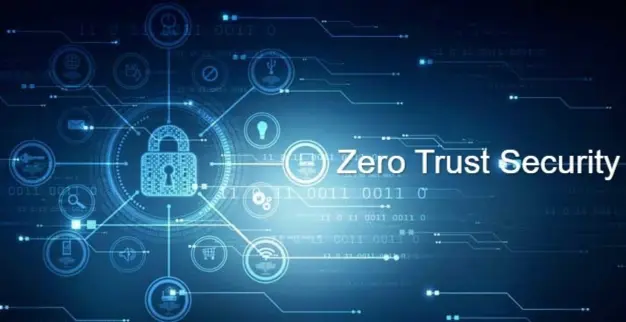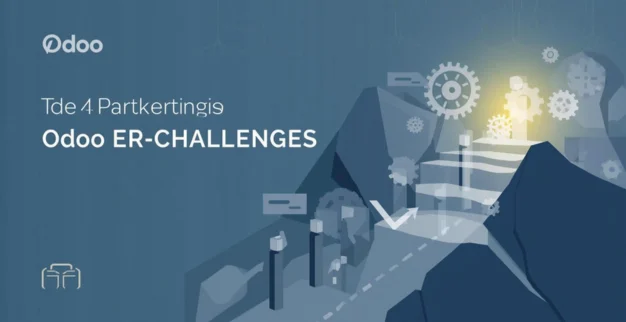Zero Trust Security: A Complete Guide to Its Impact
By: Ganesan D
25 Jun 2025
Category: Cybersecurity
What is Zero Trust security?
Zero Trust security is an IT security model that requires strict identity verification for every person and device trying to access resources on a private network, regardless of whether they are sitting within or outside of the network perimeter. ZTNA is the main technology associated with Zero Trust architecture; but Zero Trust is a holistic approach to network security that incorporates several different principles and technologies.
More simply put: traditional IT network security trusts anyone and anything inside the network. A Zero Trust architecture trusts no one and nothing.
Traditional IT network security is based on the castle-and-moat concept. In castle-and-moat security, it is hard to obtain access from outside the network, but everyone inside the network is trusted by default. The problem with this approach is that once an attacker gains access to the network, they have free rein over everything inside.
This vulnerability in castle-and-moat security systems is exacerbated by the fact that companies no longer have their data in just one place. Today, information is often spread across cloud vendors, which makes it more difficult to have a single security control for an entire network.
Zero Trust security means that no one is trusted by default from inside or outside the network, and verification is required from everyone trying to gain access to resources on the network. This added layer of security has been shown to prevent data breaches. Studies have shown that the average cost of a single data breach is over $3 million. Considering that figure, it should come as no surprise that many organizations are now eager to adopt a Zero Trust security policy.
What are the main Zero Trust best practices?
Monitor network traffic and connected devices: Visibility is crucial in order for users and machines to be verified and authenticated.
Keep devices updated: Vulnerabilities need to be patched as quickly as possible. Zero Trust networks should be able to restrict access to vulnerable devices (another reason why monitoring and validation are key).
Apply the principle of least privilege for everyone in the organization: From executives to IT teams, everyone should have the least amount of access they need. This minimizes the damage if an end user account becomes compromised.
Partition the network: Breaking up the network into smaller chunks helps ensure breaches are contained early, before they can spread. Microsegmentation is an effective way to do this.
Act as if the network perimeter did not exist: Unless a network is completely air-gapped (a rarity), the points where it touches the Internet or the cloud are probably too numerous to eliminate.
Use security keys for MFA: Hardware-based security tokens are demonstrably more secure than soft tokens like one-time passcodes (OTPs) sent via SMS or email.
Incorporate threat intelligence: Since attackers are constantly updating and refining their tactics, subscribing to the latest threat intelligence data feeds is critical for identifying threats before they spread.
Avoid motivating end users to circumvent security measures: Just as overly strict password requirements incentivize users to recycle the same passwords over and over, forcing users to re-authenticate once an hour via multiple identity factors may be too much, ironically decreasing security. Always keep the end user's needs in mind.
How to implement Zero Trust security
Zero Trust may sound complex, but adopting this security model can be relatively simple with the right technology partner. For instance, Cloudflare One is a SASE platform that combines networking services with a built-in Zero Trust approach to user and device access. With Cloudflare One, customers automatically implement Zero Trust protection around all their assets and data.



